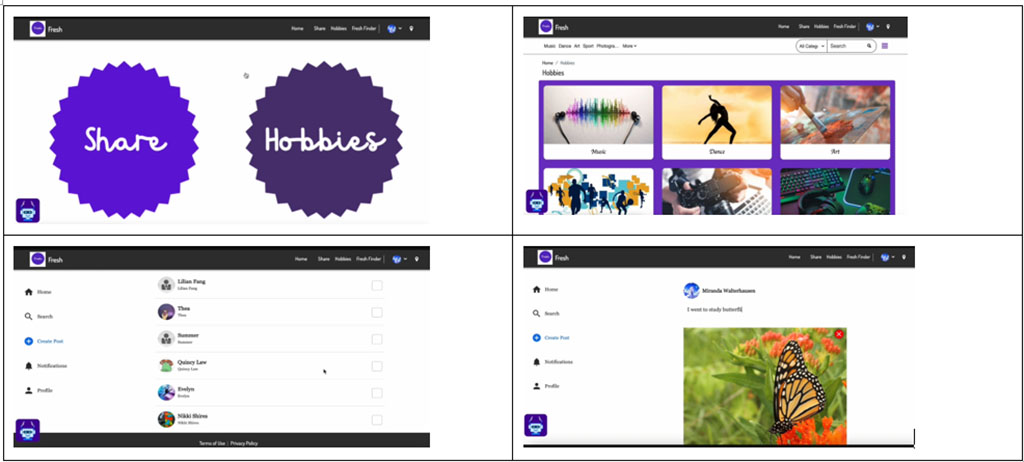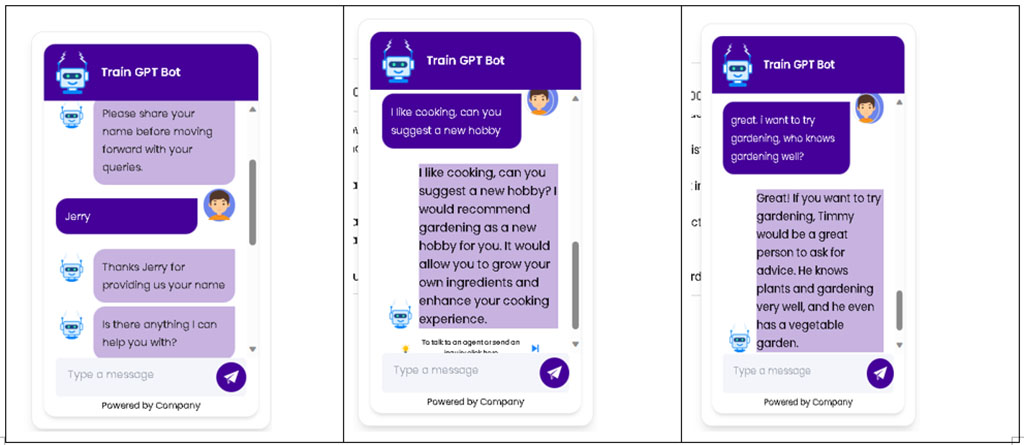Use ChatGPT to write python code
Recently, I found myself with some free time, and it brought back a memory from our robotics team. I remember one of the girls on the team trying to use ChatGPT to help her write code for our Masterpiece Season mission. She was hoping to get some assistance resolving a tricky problem with our robot. Unfortunately, even though the code it generated looked solid, it didn't run correctly when we tried it out on the robot.
Out of curiosity, I decided to give it a go myself to see what might have gone wrong. Here's an example of a Python snippet that looks fine at first glance:
import hub
from spike import PrimeHub, Motor, MotorPair
hub = PrimeHub()
motor_pair = MotorPair('A', 'B')
motor_pair.start(50, 0) # Move straight at 50% speed
The syntax is correct, and the code seems reasonable for controlling a Spike Prime robot. But when you upload this code to the robot, something weird happens: the robot doesn't quite behave the way it should. It might not move at all, or it could respond unpredictably.
So, what's going on here?
Well, after some quick troubleshooting, I realized there's a bit more to getting a Spike Prime robot working smoothly than just correct Python syntax. The code must align perfectly with the robot's specific hardware configuration, sensor inputs, and timing mechanisms. It's not just about writing Python - it's about writing the right Python for this context.
Looks like I've got an investigation on my hands. Time to dive deeper into how the Spike Prime API works and figure out why ChatGPT's code, while syntactically correct, doesn't hit the mark. It's a reminder that while AI tools can be incredibly useful, robotics is a nuanced field where hardware, software, and context all come into play.
If I crack the mystery, I'll be sure to share what I learn!


